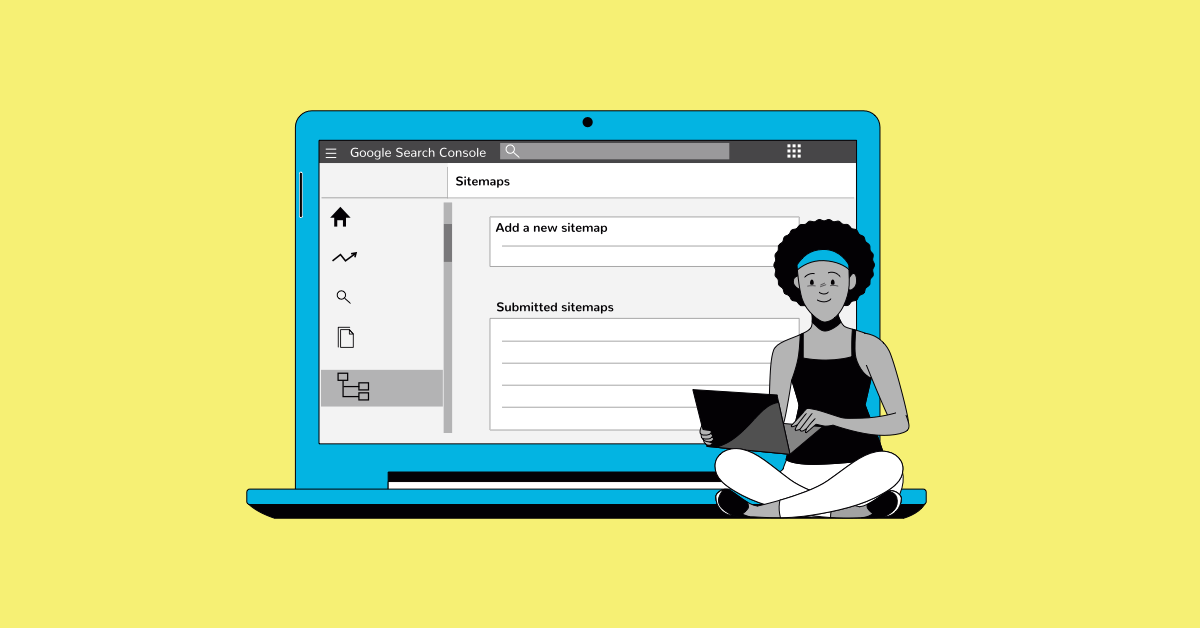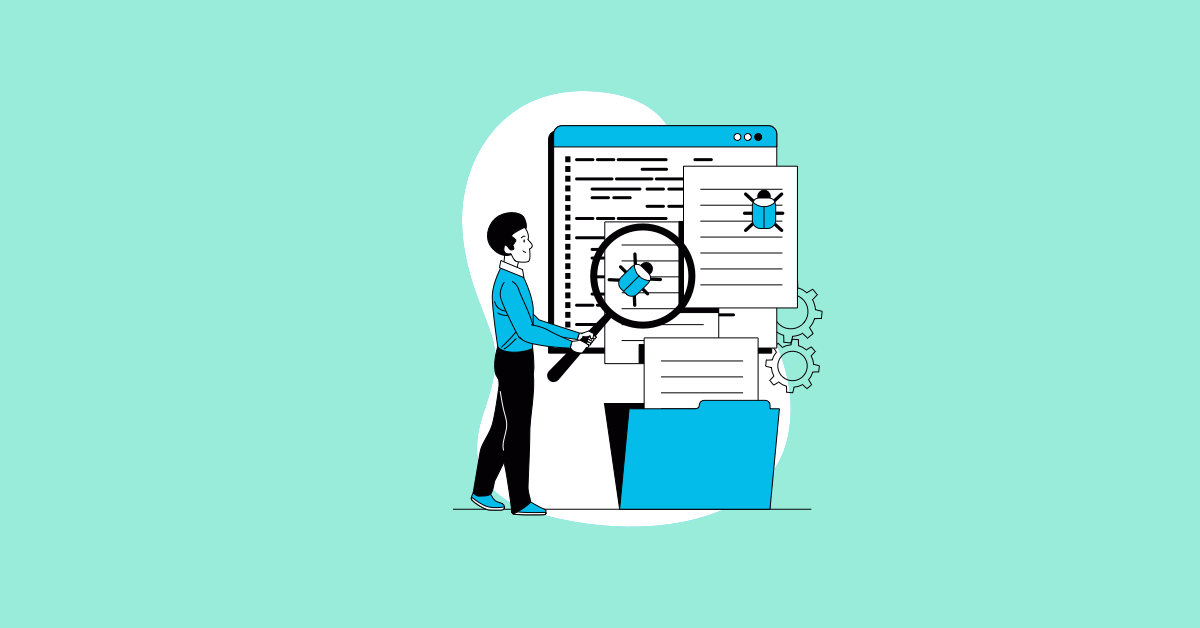The work of Jerry Weinberg cannot be ignored when speaking of quality. Jerry defined quality as value to someone who matters. When he said who matters, he meant the customer or end user. It’s impossible to build a quality product without considering the people for whom it is intended. However, most teams ignore or overlook the user aspect of the product from the beginning.
In this article, we’ll discuss the importance of user feedback, strategies for collecting it, and how to analyze and utilize it effectively. Let’s start by understanding why leveraging user feedback holds the key to quality.
Relating Software Quality with User Feedback
In the last decade, most tech companies have achieved massive success by incorporating user feedback into product development. By putting the user at the center of software development, their needs and preferences are more likely to be met.
Solving user problems is at the core of every good product. By incorporating user feedback, engineers gain insights into real-world usage scenarios and can make informed decisions about their development and testing strategy. User feedback provides a direct line to understanding problems and challenges faced by users. By addressing these issues, software products can be refined and optimized to deliver a superior experience.
Positive user feedback can also serve as a marketing tool for your product. Here’s how it helps:
- By highlighting positive experiences of satisfied customers, user feedback serves as an effective marketing tool.
- Written or video testimonials can influence potential users and build trust.
- Positive reviews generate organic publicity, which plays an important role in purchase decisions.
Investing in capturing user feedback can boost overall user satisfaction. Engaging users genuinely and attentively fosters loyalty and connection. In addition, it can lead to building a good relationship with your customers:
- It’s important to respond to user feedback promptly to demonstrate commitment to resolving their concerns.
- When we practice empathy and understand their frustrations, we’re able to build positive relationships.
- Transparency in communication about the progress of fixing or featuring requested functionalities builds trust.
As a tester, user feedback is crucial reference data that enables you to be a strong advocate for testing:
- Helps make the case for fixing bugs found during testing more credible and persuasive.
- Highlights the impact of identified issues on user experience and the risks associated with not fixing them.
As a requirement specialist, I see user feedback as an important tool for exploring project requirements. Like any software product, requirements also need to be explored. In general, user feedback can provide:
- Valuable insights into customers’ desires and expectations.
- Identification and prioritization of features or enhancements.
- A way to refine and align software requirements with user needs.
Strategies for Collecting User Feedback
In the previous section, we understood the importance of collecting user feedback. In this section, we will understand some working strategies to collect and manage user feedback easily.
User Feedback Collection 101
- Surveys: Conduct surveys to gather structured feedback on specific aspects of the software.
- Feedback Channels: Establish dedicated channels for users to provide feedback, such as contact forms, email groups, community forums, and social media platforms like Twitter and LinkedIn.
- Report Issue Options: Provide an option within the software for users to report specific issues or bugs they encounter.
- Email Groups: Create email groups or mailing lists where users can share their experiences and provide feedback.
- Community Forums: Engage with users in community forums and discussion boards to understand their needs and challenges.
- Use Production Data: Leverage production data to identify live issues, support requests, and user feedback surveys within the application.
- View Heat Maps: Explore heat maps of the application to gain insights into user emotions and feelings about different pages or features.
- Focused User Groups: This involves creating a focused group of alpha/beta users who’ll get access to the early versions of your product. Creating such focus groups has multiple benefits such as:
- Increased user engagement
- Discovering hidden user needs
- Idea generation and collaboration
Tips for Maximizing User Feedback Collection
- Frame questions in surveys or feedback forms that are easy to understand and provide specific information.
- Incentivize user participation with discounts, exclusive access, or rewards. Highlight the benefits of their participation, such as shaping the future of the product and having a direct impact on its development.
- Regularly monitor feedback channels, encourage participation, and promptly acknowledge and act upon user suggestions.
Analyzing and Utilizing User Feedback:
- Apply techniques like sentiment analysis and categorization to extract meaningful insights from user feedback.
- Systematically analyze user feedback data to identify trends, recurring themes, and patterns.
- Look for commonalities to identify areas that require improvement or enhancement.
- Prioritize issues based on their impact on the user experience, severity, and frequency of occurrence.
- Use data visualization techniques to represent the feedback in a clear and concise manner, facilitating easier interpretation.
Improving Software Quality with User Feedback:
A well-captured and analyzed user feedback can give you insights to improve your overall product quality. You can use user feedback insights to influence and sharpen your software development process in the following ways:
- Identify areas of improvement: Use user feedback to pinpoint specific aspects of the software that need enhancement, resolution, or redesign. Repeated feedback on specific areas is a clear trigger to plan for improvement steps.
- Fine-tune beta group testing: Implement A/B testing to evaluate different solutions and gather feedback on their effectiveness. Different user groups based on specific user personas may give you ideas about the usage patterns of various kinds of your users. Not all users will use your software in the same way and that’s why it’s important to deliver custom experiences.
- Plan upcoming milestones: Incorporate user feedback into the software development roadmap and prioritize improvements accordingly. A lot of projects fail because they ignore the rapidly changing user expectations and demand. Agility is a key to success in most software projects.
- Identify key quality criteria for upcoming releases: Leverage user feedback to redefine and explore quality criteria that matter to your customer and ensure they are met in subsequent releases.
- Redefine your test strategy: As a tester, it’s important to adjust your testing approach based on the insights gained from user feedback to focus on areas that matter most to users. For example, when feedback highlights usability concerns, it might be beneficial to manually test web apps to ensure an intuitive user experience alongside automated testing efforts.

Conclusion
The feedback of users is an invaluable resource for improving the quality of software. Software teams can enhance the user experience by actively engaging with users, soliciting feedback, and analyzing data to gain valuable insights into user needs. In this article, strategies and techniques are discussed for harnessing the power of user feedback and leveraging it to create software that truly meets users’ expectations. Embrace user feedback to improve software quality and unlock continuous improvement potential.




%20(1).png?width=150&height=69&name=MuukTest-logo---light-background%20(3)%20(1).png)
